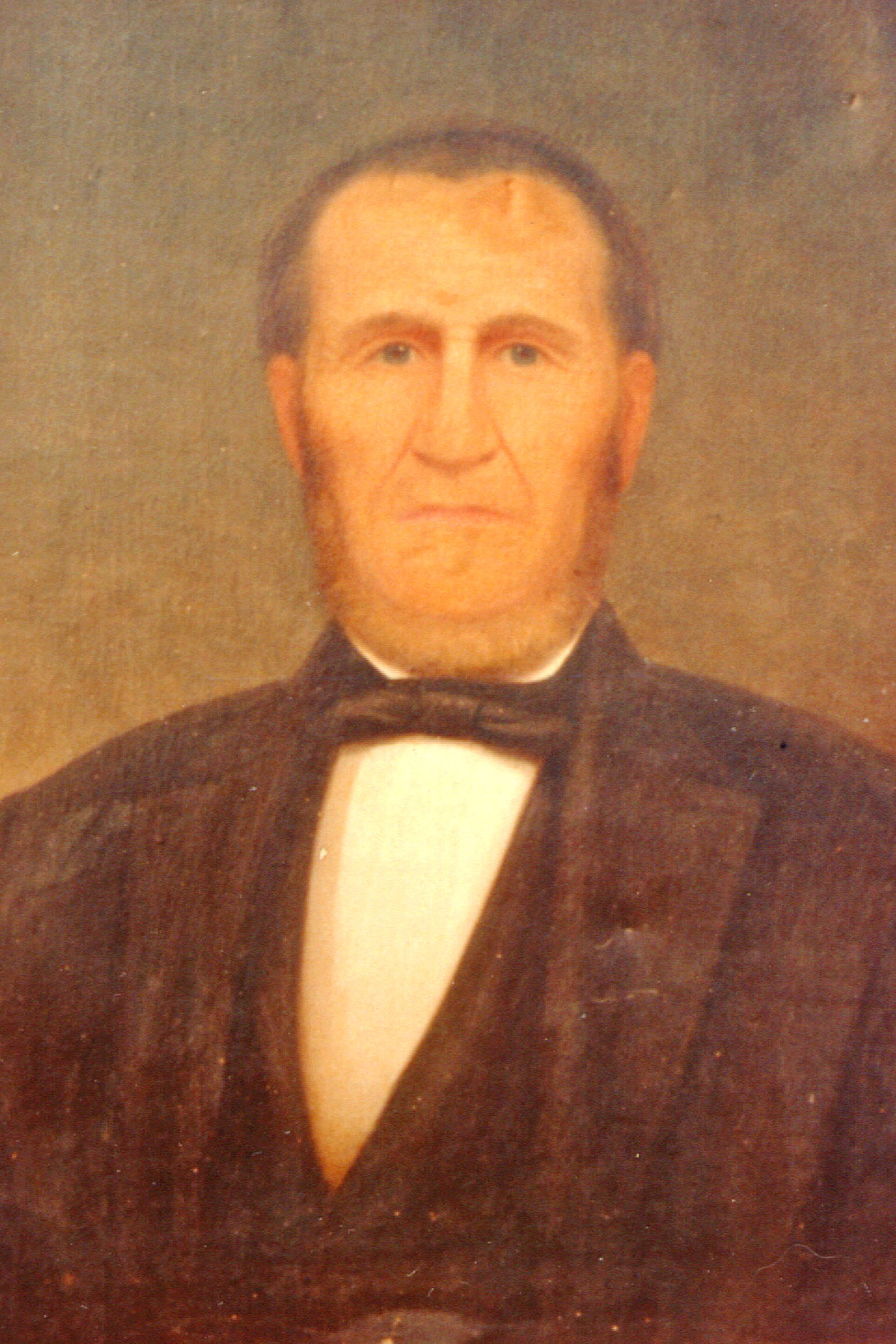Captain Joshua K. Card here. I told you a while back about my early days as a keeper in 1860s and ’70s at Boon Island, one of the most isolated and desolate light stations imaginable. But I learned many years ago about a light keeper who had a much more miserable life on a little slab of rock in Maine’s Penobscot Bay known as Saddleback Ledge.

Saddleback Ledge is a wave-swept outcropping at the southern entrance to East Penobscot Bay, about four miles from the southeastern corner of the large island of Vinalhaven to the west, three miles from the southwestern coast of Isle au Haut to the east, and more than seven miles to the village of Stonington to the north. The 43-foot granite lighthouse that was built on the ledge in 1839 was designed by a famous architect, Alexander Parris. It was built to last, and it has survived through some of the most brutal storms and seas you can imagine.
The first keeper, Watson Y. Hopkins, a Maine native, moved to the lighthouse with his wife, Abigail, and seven children, ranging in age from infancy to the late teens. The large family crowded into living quarters inside the tower that consisted of a living room with a cooking stove, two bedrooms, and a cellar. Hopkins’ pay was $450 per year.

In September 1843, Abigail Hopkins gave birth to a baby girl, Margaret, at the lighthouse. A week later, a boat came to the ledge to take the mother and daughter to the mainland. During the transfer to the boat, the baby was dropped briefly into the cold waves. She was quickly plucked out of the water before any serious harm was done.

Hopkins painted a dismal picture of the living conditions at the lighthouse for the important report to Congress by the engineer I. W. P. Lewis in 1843:
I live with my family in the tower, which is the only building on the ledge. . . . I am obliged to bring my water from shore, a distance of seven miles. . . . We are badly off for room to stow wood and provisions. I have been allowed a boat, but she is entirely unfit for this place, being nothing more than a small dory. . . . The iron railing, which was secured to the rock around the tower, has been all swept away; also, the privy, which was carried away the first storm after its erection. The windows all leak in storms, the shutters having no rebates in the stone work. . . .

It would seem that there was not a multitude of candidates fighting over Hopkins’ position at Saddleback, because he amazingly stayed in the position for a full decade, living with his family in those three little rooms.
When Hopkins and his family left Saddleback Ledge in 1849, he bought land and built a home on Arey’s Neck on Vinalhaven, within sight of the lighthouse. I doubt that he ever looked in that direction. The 1850 census identified the former lighthouse keeper as a farmer.
Submitted by Jeremy D’Entremont, April 22, 2018.

Jeremy D’Entremont is the author of more than 20 books and hundreds of articles on lighthouses and maritime history. He is the president and historian for the American Lighthouse Foundation and founder of Friends of Portsmouth Harbor Lighthouses, and he has lectured and narrated cruises throughout the Northeast and in other regions. He is also the producer and host of the U.S. Lighthouse Society podcast, “Light Hearted.” He can be emailed at Jeremy@uslhs.org


My husband and I took a lighthouse tour out of Stonington, ME as part of open lighthouse day, and this was one of the lighthouses we saw. I can’t imagine being the lighthouse keeper!